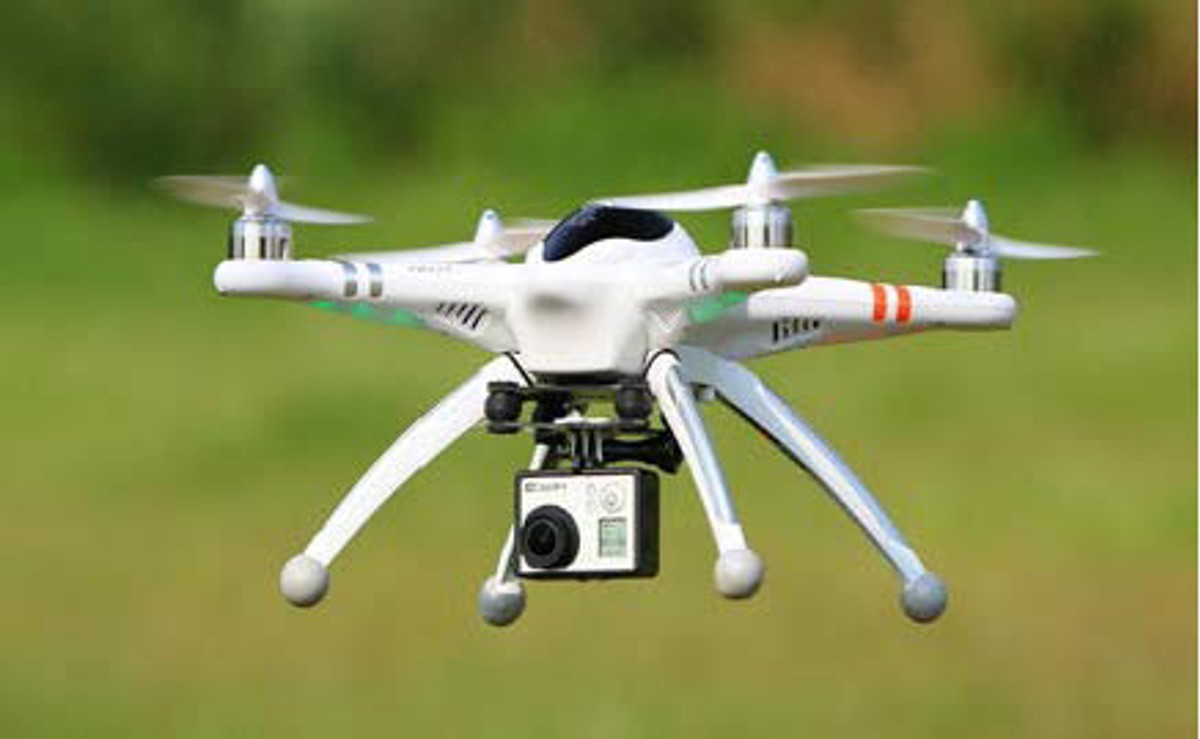Consequences of launching a drone from a vessel in the Suez Canal
- Safety Flash
- Published on 3 October 2016
- Generated on 15 December 2025
- IMCA SF 25/16
- 2 minute read
Jump to:
A Member has reported an incident in which the Suez Canal Authority has recently detained a vessel following the launch of a drone to photograph the vessel proceeding through the Suez Canal.
What happened?
During the Suez Canal Authorities (SCA’s) subsequent inspection, they confiscated the drone and its memory card andthe vessel was detained in anticipation of further investigations by the Egyptian authorities.

Drone
Although the intention when launching the drone was simply to document the vessel proceeding through the Suez Canal, the use of the drone may have been considered a threat to national security by the Egyptian authorities.
Our member’s recommendation:
Drones and unmanned aircrafts should not be used in port or sailing within a country’s territorial waters except for official reasons and with agreed permission of the authorities and company.
Members will note that the developing drone technology can be used for illegal purposes as well as for valid commercial purposes. There are currently no common or international rules governing the use of drones. Regulations concerning the use of drones differ from one country to another and failure to comply with any given legislation may lead to a criminal prosecution. Members are recommended to be fully aware of, and comply with, any local regulations concerning the use of drones and unmanned aircraft in countries where their operations are taking place.
IMCA Safety Flashes summarise key safety matters and incidents, allowing lessons to be more easily learnt for the benefit of the entire offshore industry.
The effectiveness of the IMCA Safety Flash system depends on the industry sharing information and so avoiding repeat incidents. Incidents are classified according to IOGP's Life Saving Rules.
All information is anonymised or sanitised, as appropriate, and warnings for graphic content included where possible.
IMCA makes every effort to ensure both the accuracy and reliability of the information shared, but is not be liable for any guidance and/or recommendation and/or statement herein contained.
The information contained in this document does not fulfil or replace any individual's or Member's legal, regulatory or other duties or obligations in respect of their operations. Individuals and Members remain solely responsible for the safe, lawful and proper conduct of their operations.
Share your safety incidents with IMCA online. Sign-up to receive Safety Flashes straight to your email.